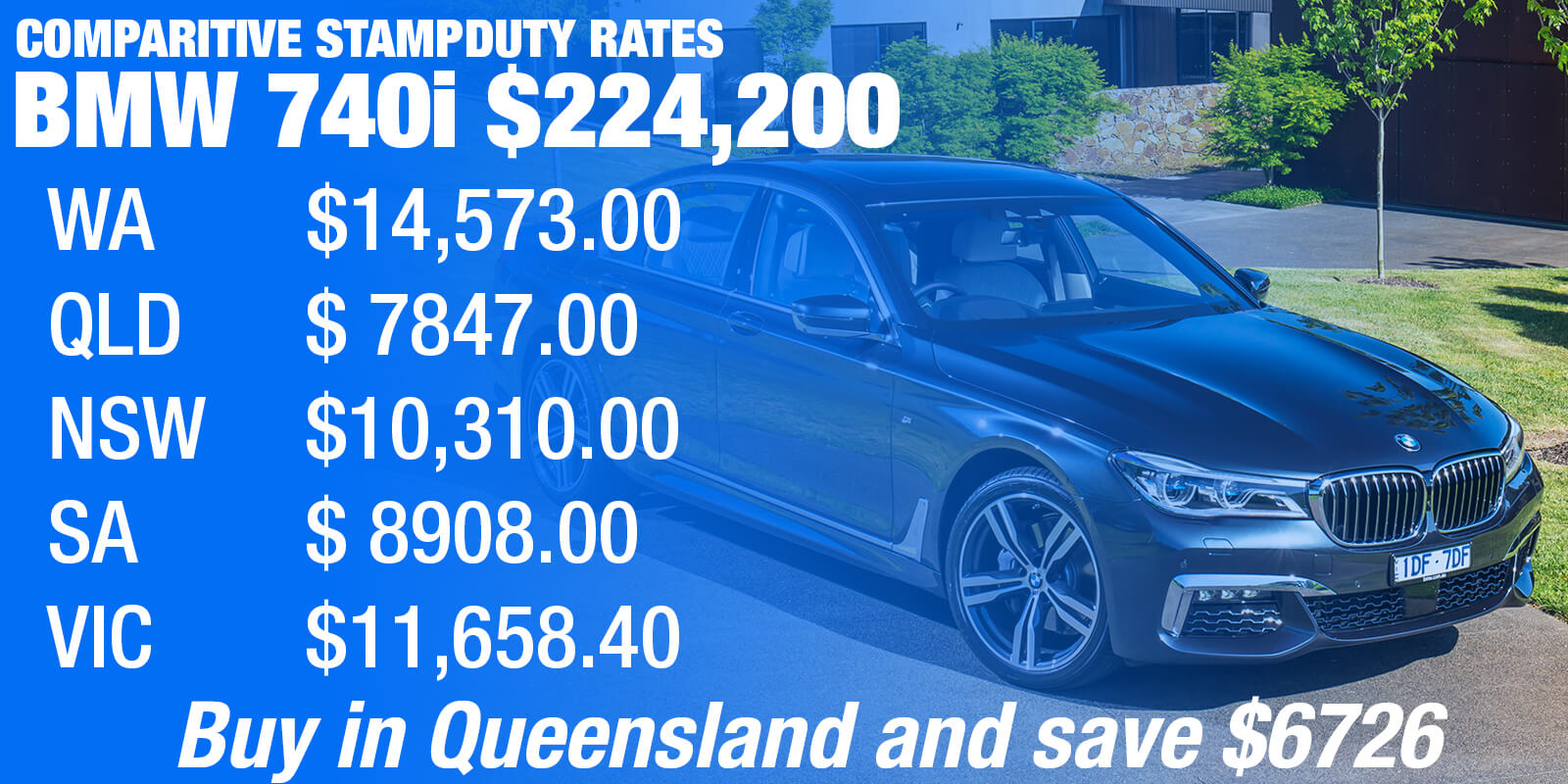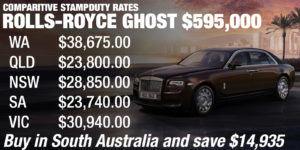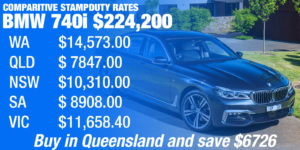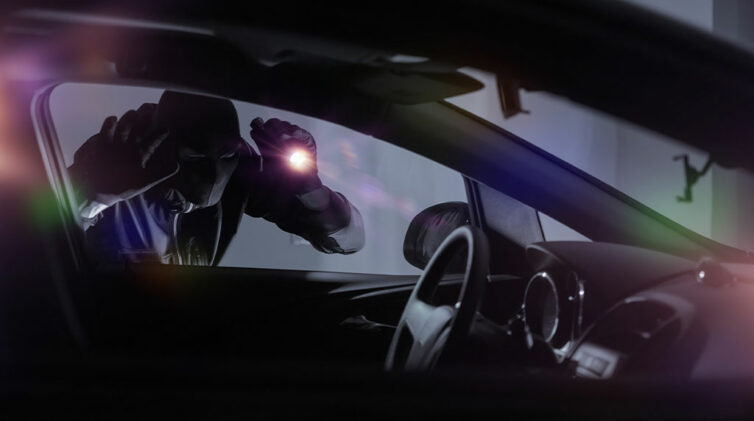The powerful Motor Trade Association (MTA) has hit out at the WA Government’s high vehicle stamp duty rate, calling it a “gouge on consumers” and is poised to take the issue to the voters ahead of the March 2017 state election.
MTA WA CEO Stephen Moir said the stamp duty rate was a “rip off” for people buying used and new cars in WA and was counterproductive because it provided an incentive for buyers to source their cars from other states.
He said that a survey by the MTA about two years ago found that 30,000 used and new cars were being purchased in the eastern states and brought back to WA because buyers wanted to save money.
WA’s stamp duty is variable, starting at 2.75 per cent for vehicles up to $25,000, but that percentage rises on a sliding scale for vehicles up to $50,000 and peaks at an eye-watering 6.5 per cent for vehicles more than $50,000.
Under this scheme, vehicles priced under $30,000 have similar stamp duty rates in WA, Queensland, NSW and Victoria, but the rate was increasingly more expensive for WA-purchased vehicles valued at more than $50,000.
Mr Moir said he is adamant to see the change in stamp duty to bring vehicle prices closer in line to the rest of the country.
“We’re going in hard before the election,” he said. “We’re mindful of the WA government’s parlous financial position but we can’t let consumers and business be ripped off in this way.
“We want to see the high rate changed, even if by one percentage point.”
Mr Moir said a lower rate would help bring back buyers to WA and increase vehicle sales, leading to more revenue for the government.
“It would be preferable for Australia to adopt a nationally consistent percentage for stamp duty,” he said. By doing this it would provide a level playing field for both consumers and businesses.
“I think a 3-4 per cent rate would be acceptable. Applying one figure for all of Australia will also stop buyers moving interstate and disadvantaging local vehicle retail businesses.”
Mr Moir said stamp duty was a historic tax that today had little relevance, other than collecting money.
“The problem with the tax is that it was introduced early last century, before the internet, when businesses were all localised,” he said.
“We now work in a global marketplace where buyers make decisions based on price, not location and on that basis will move to other areas to get the best deal, and that’s exactly what many are doing now.
“Stamp duty rates are inconsistent and fail to recognize this change in the marketplace and consumer behaviour,” he said.
By Neil Dowling






















 Read More: Related articles
Read More: Related articles

